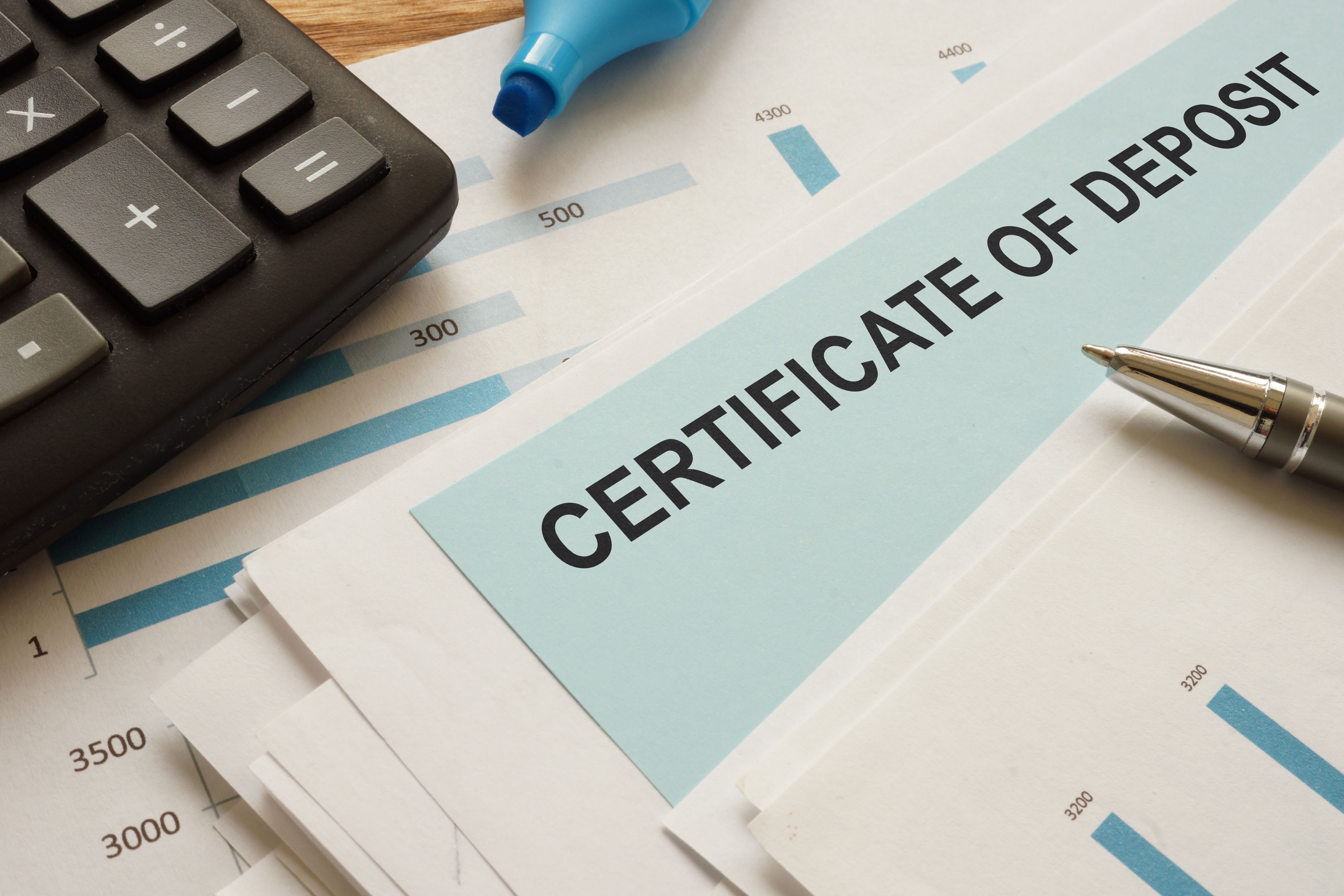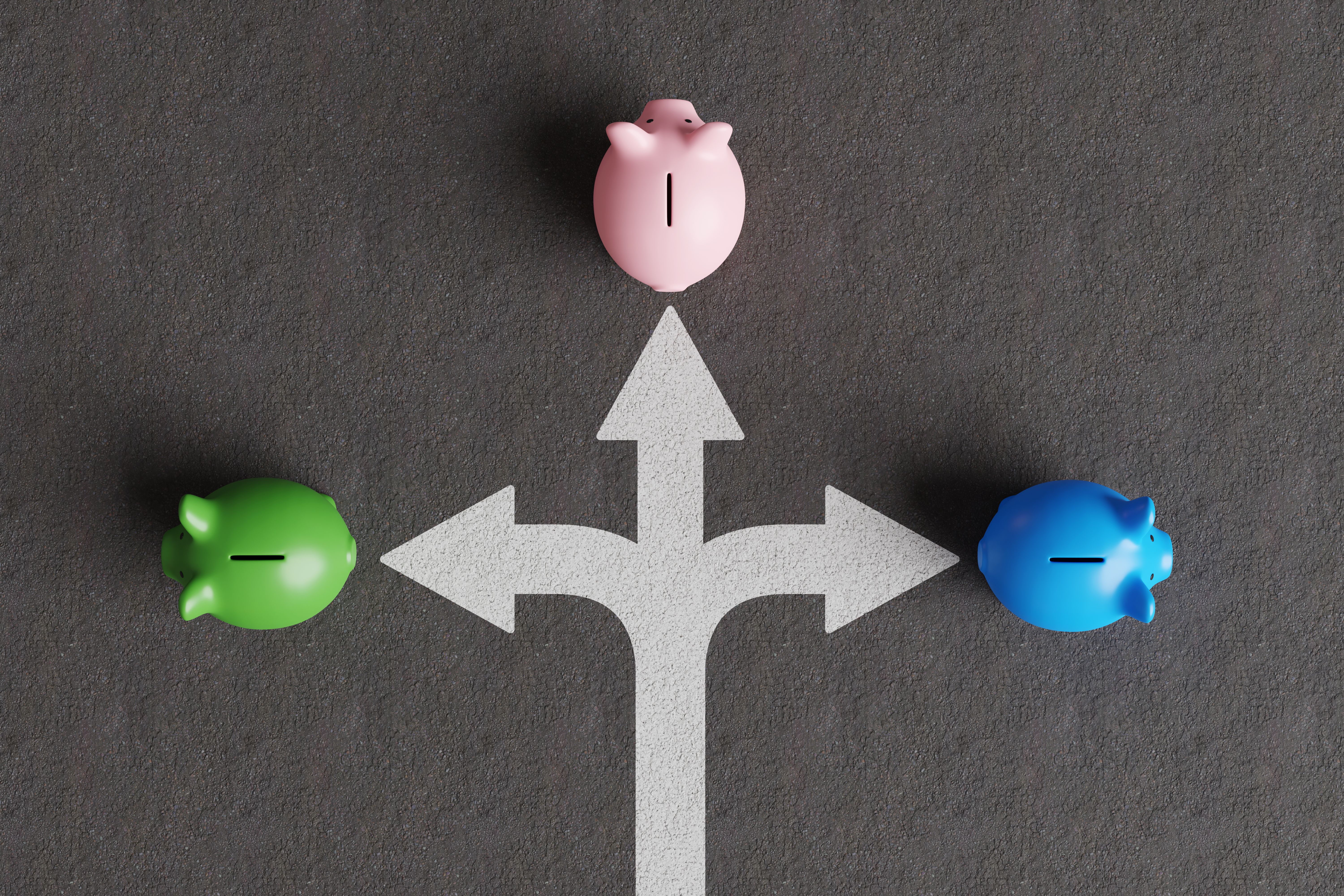Certificates of Deposit: A Secure Savings Option
What is a Certificate of Deposit?
A Certificate of Deposit (CD) is a popular financial product offered by banks and credit unions. It allows individuals to deposit money for a fixed period, known as the term, and earn a predetermined interest rate. CDs are considered a secure savings option because they are insured by the Federal Deposit Insurance Corporation (FDIC) up to $250,000 per depositor, per institution. This insurance protects your investment, providing peace of mind for risk-averse savers.

How Do CDs Work?
When you open a CD, you agree to leave your money in the account for a specific term, which can range from a few months to several years. In return, the bank pays you interest, typically at a higher rate than regular savings accounts. The interest rate on a CD is fixed, meaning it won’t change throughout the term. At the end of the term, known as maturity, you can withdraw your initial deposit along with the accumulated interest.
Types of Certificates of Deposit
There are several types of CDs to consider based on your financial goals and needs:
- Traditional CDs: These are the most common type and offer fixed interest rates for the term.
- Bump-up CDs: Allow you to request a higher interest rate if rates rise during your term.
- Liquid CDs: Provide the flexibility to withdraw funds without penalty, though they may offer lower interest rates.
- Jumbo CDs: Require a larger minimum deposit but often offer higher interest rates.

Benefits of Investing in CDs
Investing in CDs offers several advantages, making them an attractive option for conservative savers:
- Safety: As mentioned earlier, CDs are insured by the FDIC, ensuring your principal is protected.
- Predictable Returns: With fixed interest rates, you know exactly how much interest you’ll earn by the end of the term.
- Diversification: CDs can be part of a diversified investment portfolio, balancing riskier assets with secure savings.
Potential Drawbacks
While CDs are secure, they do come with some limitations. One major drawback is the lack of liquidity; withdrawing funds before maturity usually incurs an early withdrawal penalty. Additionally, the fixed interest rate means you won’t benefit if market rates increase significantly during your term. It’s important to carefully consider these factors before committing to a CD.

Choosing the Right CD for You
Selecting the right CD depends on your financial goals, timeline, and risk tolerance. Consider factors like the term length and whether you anticipate needing access to your funds before maturity. Comparing interest rates and terms from different financial institutions can also help you find the best deal.
Laddering Strategy
A popular strategy for maximizing CD returns is laddering. This involves opening multiple CDs with staggered maturity dates. As each CD matures, you can reinvest the funds into a new CD with a longer term and potentially higher interest rate. This approach provides some liquidity while taking advantage of varying interest rates.
Conclusion
Certificates of Deposit offer a reliable and secure way to grow your savings with minimal risk. By understanding how CDs work and evaluating different options, you can make an informed decision that aligns with your financial objectives. Whether you're looking for short-term gains or long-term security, CDs can be an essential component of your savings strategy.
